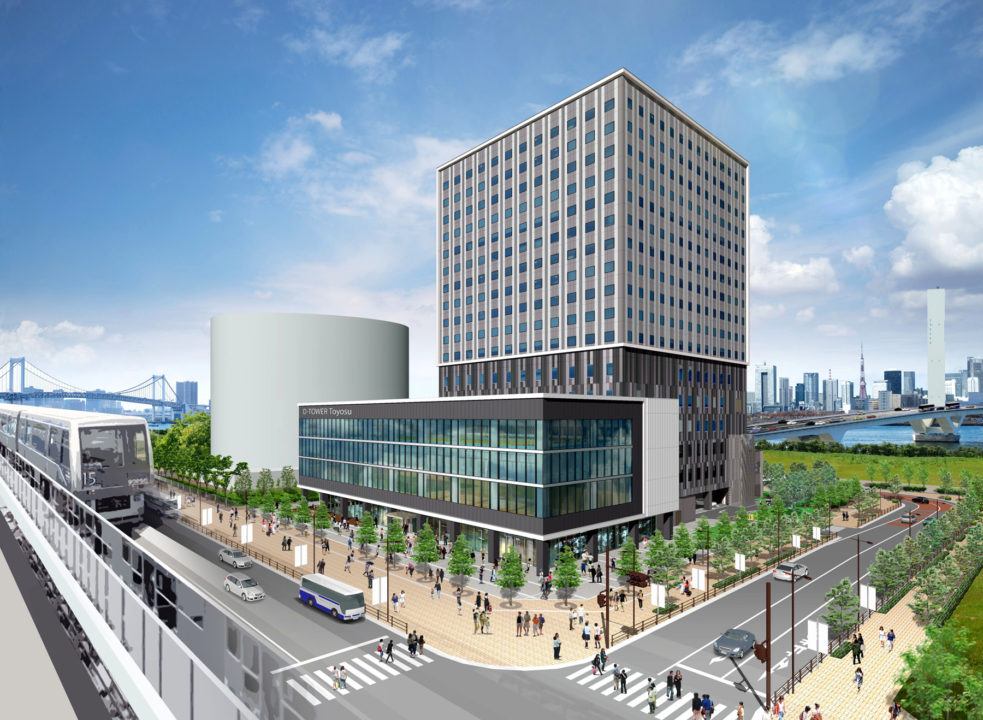55 years after hosting its first Olympics in 1964, Tokyo’s second time hosting the Summer Games is also stimulating activity in fields such as improving infrastructure, developing new technologies, and introducing new systems. Although these advancements will initially be used at the Games, they are meant to remain for generations to come, the Organizing Committee says.
As a reference, back in 1935, the neighborhood of Harumi in Chuo Ward, Tokyo had a population of only 16 inhabitants. Nowadays, the area has a population of 14,500. In a not too distant future, during the Tokyo 2020 Olympic and Paralympic Games, it will be home to over 10,000 athletes from all over the world.
Prior to World War II, this stretch of land served as a transport base for the Imperial Army and Navy. When the War came to an end, it was seized and used as an airfield by the Occupation Forces.
In 1958, however, the 10-story building became a model of high-rise housing in light of the 1964 Olympic Games, and the organizing committee is borrowing from that history to do so again for 2020.
“The future of Tokyo and of Japan as a whole will be dependent on the success or failure of the waterfront improvement,” adjunct professor in urban engineering at Nihon University Takayuki Kishii told Japanese news outlet The Japan News. Kishii also said a city can become attractive if it makes good use of its waterfront.
After the Games, the Olympic Village will turn into apartment complexes with hydrogen being used as an energy source to generate electricity, as well as fuel for buses and cars.
Per the Organizing Committee, this is the initial step of a three-part series relating to the development of Tokyo areas with sights on the Tokyo 2020 Games. Further, it will serve as the Olympic Games’ legacy towards an environmentally-advanced Tokyo.
